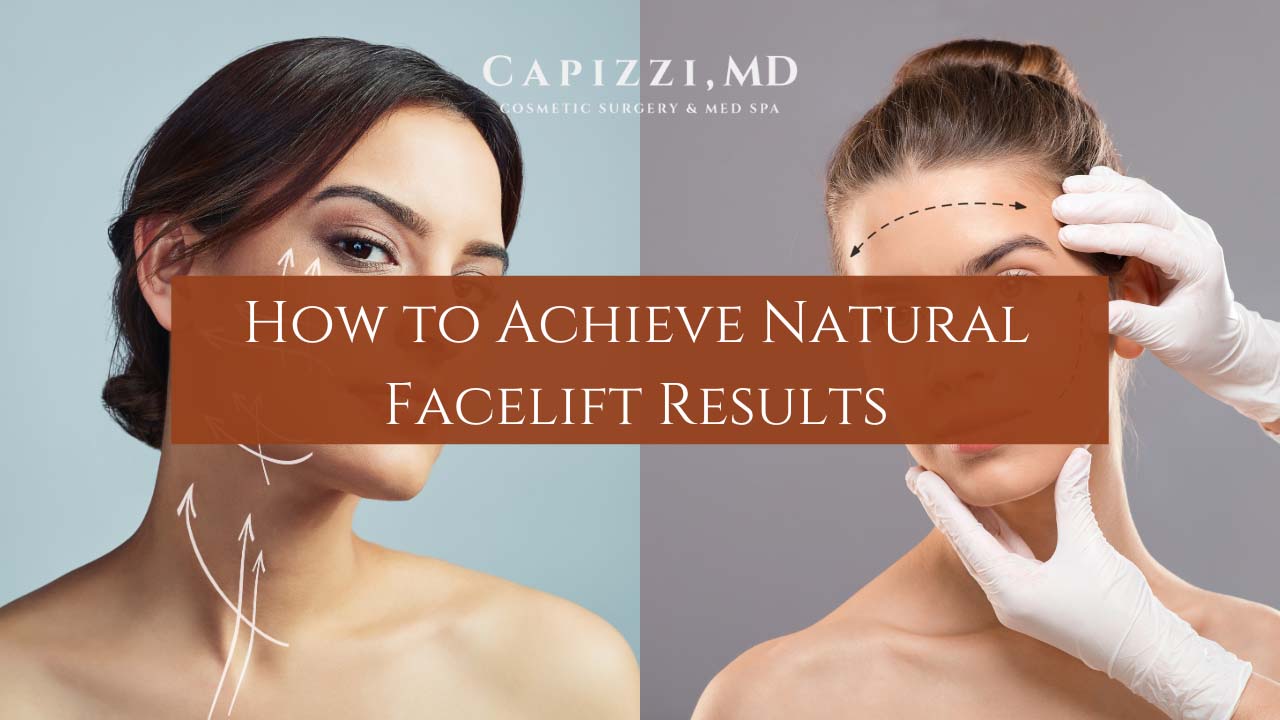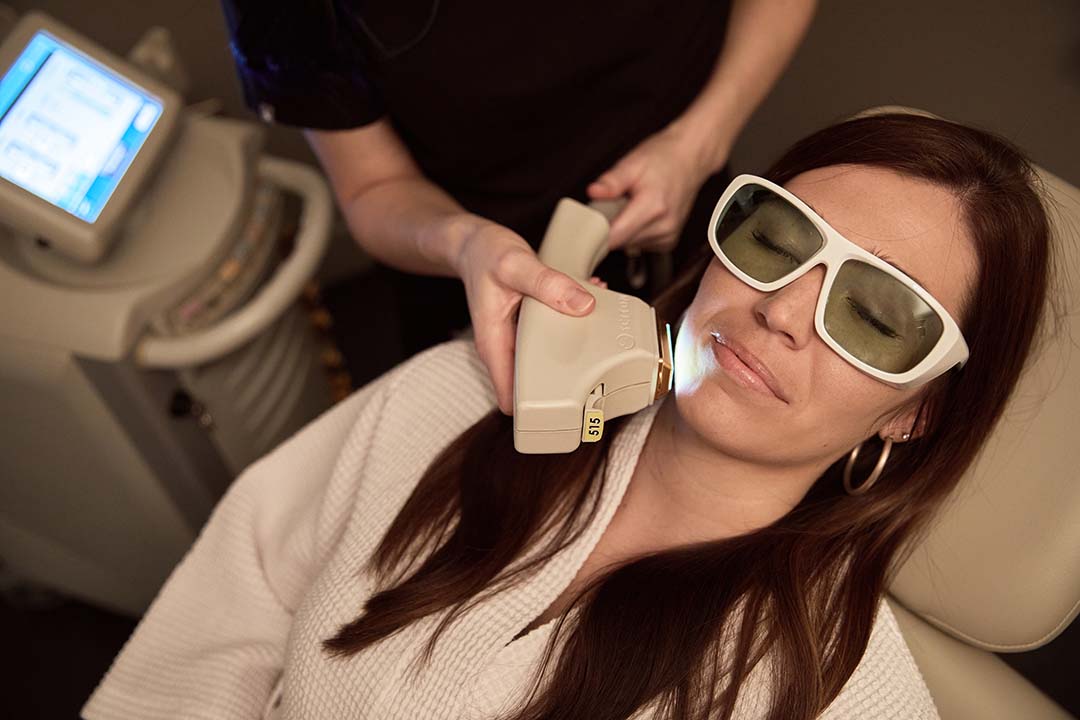Dr. Capizzi is a sought-after expert on the matter of Gummy Bears, one of the most important innovations in cosmetic and reconstructive breast surgery. This fifth-generation, cohesive gel implant is new and recently FDA-approved. But, it’s not new to Dr. Capizzi. For nearly a decade, Dr. Capizzi has been among an elite group of surgeons …
Dr. Capizzi is a sought-after expert on the matter of Gummy Bears, one of the most important innovations in cosmetic and reconstructive breast surgery. This fifth-generation, cohesive gel implant is new and recently FDA-approved. But, it’s not new to Dr. Capizzi. For nearly a decade, Dr. Capizzi has been among an elite group of surgeons participating in the FDA-study of the Gummy Bear from pharm company Allergan. He has placed over 400 Gummy Bears. Surgeons from all over the country consult with Dr. Capizzi to benefit from his experience and deliver the best patient care. For today’s blog, we asked Dr. Capizzi to speak to his peers and explain Gummy Bear surgical challenges … in language regular readers will be able to understand (that’s a special gift of Dr. Capizzi’s!). Come on along …

THE PARADOX OF CHOICE: As a surgeon, it’s my job to match one of the hundreds of Gummy Bear shapes and styles to the patient’s anatomy. And each breast may be different. With less advanced implants, there are fewer choices. The surgeon must be very discerning when Gummy Bears are in the consideration set. This matching or planning process is often most difficult for the neophyte, who may be a very experienced surgeon but new to Gummy Bears. The potential for better results must be weighed against this.
IMPLANT POCKET PRECISION: A significant challenge for surgeons new to Gummy Bears is making a pocket that mirrors the implant. The surgeon must adjust his or her normal technique, especially if the implant is anatomically shaped and/or textured. Round smooth gels are the norm. The Gummy Bears results are above average; surgical technique must match.
NO TRANSAXILLARY INCISIONS: For Gummy Bear implant surgery, the inframammary incision [under the breast crease] is really the only choice. Transaxillary incisions through the armpit are inappropriate for Gummy Bears. What makes Gummy Bears a superior choice for women – anatomical shape, natural feel, texture for optimum placement – makes them unsuitable for placement through the underarm.
LATERAL UNDERMINING: My surgical approach is to always make the incision and the pocket as small as necessary regardless of implant type. This always leads to better results and faster recover times. An accurate incision and compact pocked are absolutely critical with the Gummy Bear. It’s a better implant, but less margin for error. I see this issue far too frequently: the surgeon dissects out too far laterally. The result is an implant out on the flank or the underarm. This is unacceptable and avoidable.
KEEPING LINES OF COMMUNICATION OPEN: Allergan, Sientra and Mentor, [manufacturers of the new Gummy Bear implant] encourage surgeons not familiar with the implant to seek colleague advice, assistance and expertise. There is every reason to reach out. Quite frankly, when I was developing a Gummy Bear technique there were only a handful of us engaged with implant. We were part of an FDA study. Rest assured, we communicated and shared insights. Right now, only board-certified plastic surgeons have access to Gummy Bears – and a limited assortment. This the only time in my recollection that the pharm companies have required course certification. In short, there’s strong recognition that the Gummy Bear is a game-changer, but training is required.
 APPRECIATING HOW GUMMY BEARS SETTLE: Because Gummy Bears are anatomically shaped and form stable, they hold their shape and are not subject to fluctuation. Less settling occurs compared to earlier implants. This must be factored during surgery.
APPRECIATING HOW GUMMY BEARS SETTLE: Because Gummy Bears are anatomically shaped and form stable, they hold their shape and are not subject to fluctuation. Less settling occurs compared to earlier implants. This must be factored during surgery.
BREAST REVISION COMPLEXITY: Revision procedures require added attention to detail. What I’ll describe as “not too much, but just enough” suture pressure is needed to maintain the pocket AND result in a natural look.
THE VOLUME FALLACY: In the Gummy Bear matching process, volumes mean less to the surgeon than in the past. Rather the most important numbers are WIDTH, height, and skin stretch. Surgeons need to retool their thinking regarding volume.
AVOIDING THE UPPER-CHEST SHELF EFFECT: Gummy Bear implants can appear very natural or very artificial. The former is the objective. If the height of the implant is too tall for the torso, it can result in a shelf in the upper chest and it is unlikely to resolve without a model change to shorter-height implant.
VERTICAL REVIEW: Textured Gummy Bear implants must be checked in the vertical, sitting position. Again, because Gummy Bears settle less than round, smooth implants, attention must be directed to proper placement of the implants.
 CLOSURE: As surgery concludes, a strong and precise closure is required, as there is less play with the tissues in textured Gummy Bear implant procedures.
CLOSURE: As surgery concludes, a strong and precise closure is required, as there is less play with the tissues in textured Gummy Bear implant procedures.
SHAPED VERSUS ROUND: For surgeons new to the Gummy Bears, the round implants are the optimum choice. As the surgeon becomes more adept, the MODERATE height moderate projection (410) device (if using Allergan or the Sientra textured shaped classic or oval base) allows for some standard deviation. As skill levels advance with experience, the surgeon may consider additional Gummy Bear options. The goal, as always, is to deliver the best outcome for the patient.
EXPECT LONGER RECOVERY TIMES: Patient recovery will be longer for patients of surgeons less experienced with the new Gummy Bear device … and potentially for all. Factors influencing this are overall patient anatomy, crease strength, skin, muscle strength, size and tightness. There is much to consider. The good news is this: everything becomes clearer with experience.










